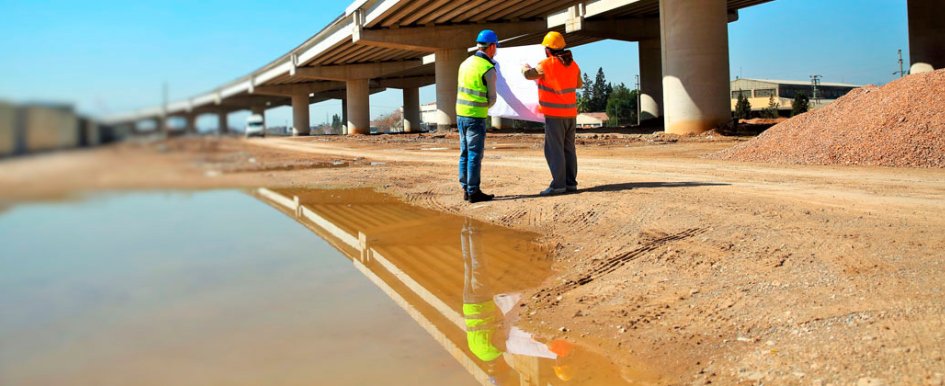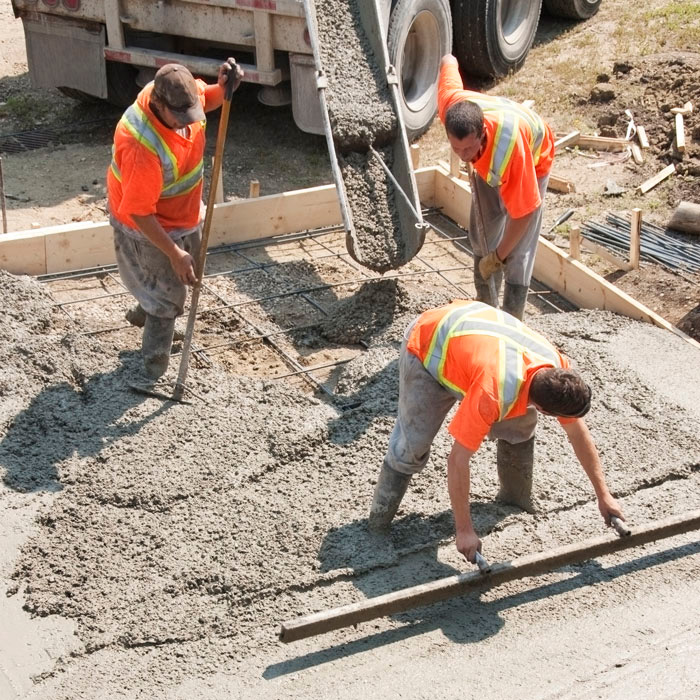
Infrastructure is a pivotal aspect of any country’s economic stability. Investing in infrastructure can help grow developing nations and maintain the growth of developed nations. It is important for job creation and increasing the standard of living for communities. In both the United States and Canada, the importance of infrastructure will play a major role in the future of each country.
Learn more about the role that infrastructure will play in the country’s future by reading the U.S. budget for the 2017 fiscal year, under the “Innovation to Forge a Better Future” section. “The budget invests $320 billion over 10 years in a multiagency initiative to build a clean transportation system for the 21st century that speeds goods to market while reducing America’s reliance on oil, cutting carbon pollution and strengthening our resilience to the effects of the changing climate” (Office of Management and Budget, 2016). In Canada, the importance of investments in infrastructure can found throughout the country’s 2016 budget (Budget 2016). “In Budget 2016, the government will implement a historic plan to invest more than $120 billion in infrastructure over 10 years, to better meet the needs of Canadians and better position Canada’s economy for the future (Morneau, 2016).” Throughout the documents, technology is emphasized as one of the main solutions to help achieve the goal of building a sustainable future.
One of the most compelling trends is the emphasis of public transit and its role in building a more sustainable future. This trend will continue to grow in North America over the next decade. The trend is laid out in the U.S. Department of Transportation 2017 budget. According to the budget, roughly $30 billion per year for the next 10 years will be invested to improve the country’s transit systems. The same holds true for Canada’s investment in its public transit system. According to Canada’s Budget 2016, $3.4 billion over the next 3 years will be allocated to upgrading and improving public transit systems across Canada.
However, despite the size of the federal budget dedicated for infrastructure, public projects get even more complex when the other layers of governments are involved. The process of completing public projects becomes even more complicated as contractors, suppliers, construction workers and other parties get involved.
Currently, the city of Ottawa in Ontario, Canada, is facing heavy construction for both the Ottawa LTR and Confederation Line. Two of Canada’s largest infrastructure projects have multiple financiers, engineering firms, architect firms, suppliers, Design Build Finance and Maintain (DBFM) teams, legal firms and others involved to ensure that the projects are completed before 2020. The city of Ottawa has created a public-private partnership (PPP) with the Rideau Transit Group, providing an opportunity for risk sharing, such as managing costs, quality control and/or maintenance of public facilities.
In Denver, Colorado, the Regional Rail Partners are responsible for the North Metro Rail Line. The project is being built to connect commuters to Denver, Commerce City, Thornton and Northglenn. This is another project that is being built by all levels of government in partnership with private firms. The trend of PPP has slowly caught on in North America. Taking the PPP approach is attractive because it allows both the public sector and the private sector to use their strengths to accomplish projects. A strength that the private sector has to offer for PPP projects is the use of technology.

As technology advancements continue to develop, the industry will continue to witness cost decreases, time savings and safety improvements. The use of wireless technology has come a long way and is making a great impact on all three aspects. The importance of accurate inspection and detection is vital for building sustainable concrete infrastructure. There have been advancements in wireless sensors that have a battery life that last up to 4 months. This longer life span provides project managers and engineers working on-site to gather as much data as possible. More data helps provide more information, enabling engineers and project managers to make better decisions. As a result of wireless sensors, making adjustments can be acted upon more quickly than ever before. The advancements in wireless technology will not only change the way infrastructure is built, but they will also improve the way structures are maintained.
If building new infrastructure is one step in contributing work to the public sector, then the following step is maintenance. Current and future infrastructure will always require inspections in order to detect any potential damages. Earlier this year, the Canadian Infrastructure Report Card (CIRC) team released its report, pointing out the long-term effects of maintenance in infrastructure. “Investing in preventive maintenance and regular repair will prolong the asset service life, avoiding premature and costly reconstruction and service disruption” (CIRC, 2016).
Three years ago, the American Society of Civil Engineers (ASCE) published the “Report Card of America’s Infrastructure,” which provided some insight of the current state of the country’s infrastructure. The infrastructure in America is not faring well, and the importance of maintenance will become even more of a priority.
In 2005, Congress authorized the second Strategic Highway Research Program (SHRP2) to focus, for a fixed time, on a small number of big challenges facing the nation. One of challenges focuses on the current stage of aging infrastructure and the role maintenance will have to existing structures.
Companies that deal with concrete testing understand the importance of maintenance and its role in the future of infrastructure. Companies have been making advances in nondestructive testing (NDT) devices to fix the current challenges faced in North America’s infrastructure. Today’s NDT devices now have wireless capabilities. With improved technology, firms from both public and private sectors can be equipped with the most advanced technologies to meet the challenges involved in maintenance.
Whether new projects are being built or older infrastructure is being maintained, technology will always play a role in improving the industry. Companies employing technology on public sector projects have more opportunities than ever before. This technology will continue to provide improvement in the safety and service life of infrastructure throughout the U.S. and Canada.
